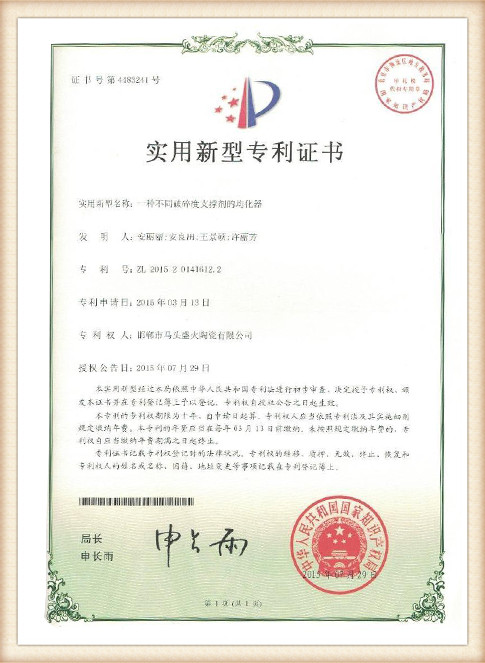Understanding Sand Casting in Engineering
Sand casting, a fundamental process in the field of engineering, serves as one of the most versatile and widely used methods for manufacturing metal components. This technique involves creating a mold from sand to form intricate shapes that can be used in various applications, from automotive parts to aerospace components. In this article, we will explore the principles of sand casting, its advantages, applications, and some considerations for engineers.
The Process of Sand Casting
The sand casting process begins with creating a mold. Typically, this mold comprises two halves, known as the cope (top) and the drag (bottom). Engineers first design a pattern that mirrors the final object to be cast. This pattern is usually made of metal, wood, or plastic and is placed in a sand mixture, which often contains clay and water to enhance its cohesiveness.
Once the pattern is in place, the sand mixture is compacted around it to form the mold. After the mold has set, the pattern is removed, leaving a cavity that matches the shape of the object to be created. The two halves of the mold are then reassembled, and molten metal is poured into the cavity through a gating system. Once the metal cools and solidifies, the sand mold is broken away to reveal the final casting.
Advantages of Sand Casting
Sand casting offers numerous advantages that make it a preferred choice for many engineering applications
1. Cost-Effective The materials used for sand casting, primarily common sand and simple mold forms, are relatively inexpensive. This makes it an economical option for producing small to large batches of components.
3. Complex Geometries The sand molding process allows for the creation of intricate designs and complex shapes that would be difficult or impossible to achieve with other casting methods.
what is sand casting in engineering

4. Large Components Sand casting is capable of producing large components, up to several tons in weight, which is particularly beneficial in industries such as construction and mining.
5. Reusability of Molds While sand molds are usually single-use, the sand can often be recycled and reused after each casting cycle, contributing to sustainability.
Applications of Sand Casting
The applications of sand casting span various sectors, showcasing its importance in engineering.
- Automotive Industry Components such as engine blocks, transmission cases, and manifolds are commonly produced using sand casting due to the durability and strength of the cast metal. - Aerospace Critical parts in aircraft, such as turbine housings and brackets, are often manufactured through sand casting to meet rigorous safety and performance standards. - Construction Structural components like beams and columns can be fabricated with sand casting, providing the necessary strength and stability. - Art and Sculpture Beyond industrial applications, artists utilize sand casting to create sculptures and decorative items, highlighting the method's versatility.
Considerations in Sand Casting
Despite its many advantages, several factors require consideration when employing sand casting in engineering
- Surface Finish The surface quality of cast components may not always meet the desired specifications, necessitating additional machining or finishing processes. - Dimensional Tolerances Sand casting typically has lower precision compared to other casting methods, which may affect the fit and function of assembled parts. - Porosity The casting might exhibit internal porosity, which can reduce the mechanical properties of the final product. Engineers must account for this during the design phase.
Conclusion
Sand casting remains a cornerstone of manufacturing in engineering due to its economic advantages and versatility. Its ability to produce complex shapes and large components makes it indispensable in various industries. However, engineers must navigate its limitations and consider design parameters to optimize the process. As technology advances, innovations in sand casting processes will likely continue to enhance its applications and efficiency, further cementing its role in modern engineering.
Post time:loka . 16, 2024 14:38
Next:Cost Analysis for Sand Casting Processes and Materials
